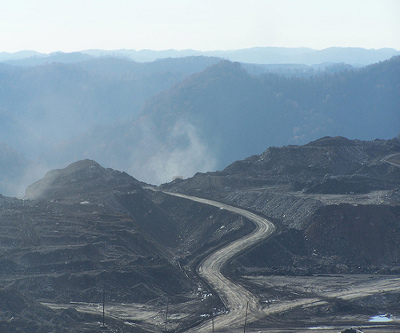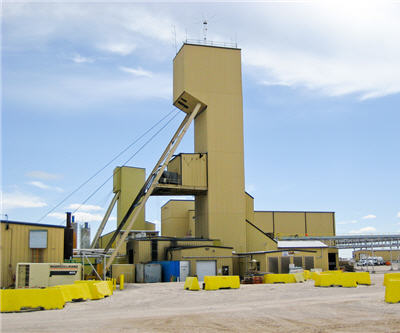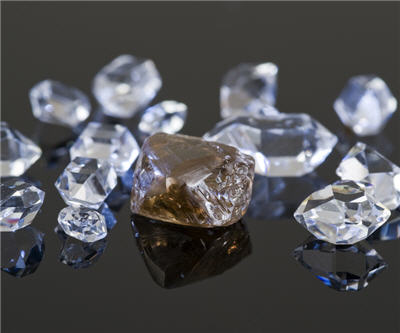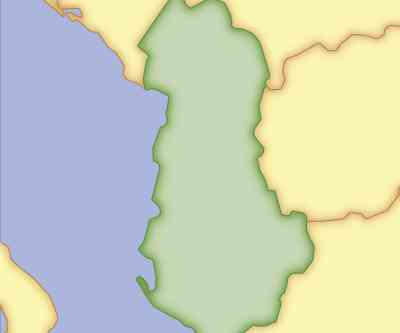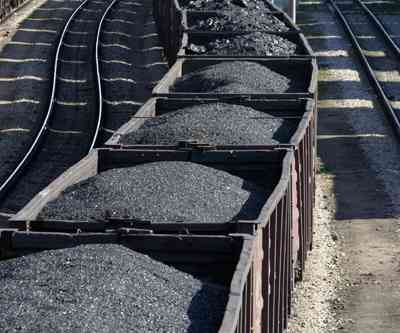Big Coal scores win against Obama Admin
The US coal industry scored a victory in court Thursday after a federal judge ruled that the Obama administration did not have authority to tighten oversight of permits used by coal mining companies that do "mountaintop mining."
The ruling by the U.S. District Court says the Environmental Protection Agency (EPA) "exceeded its authority under the Clean Water Act when it issued tougher environmental guidelines related to fill material dumped into streams after the tops of mountains are blasted off to extract underlying coal seams," reported The Wall Street Journal.
The National Mining Association sued the EPA last year over the issue.

